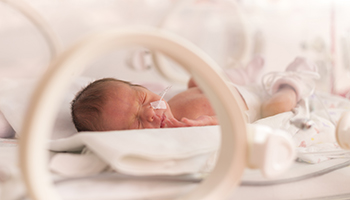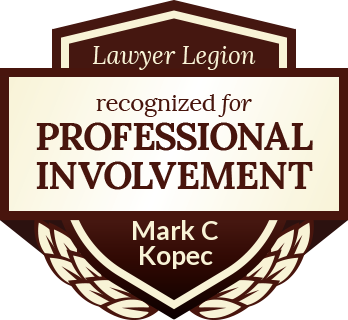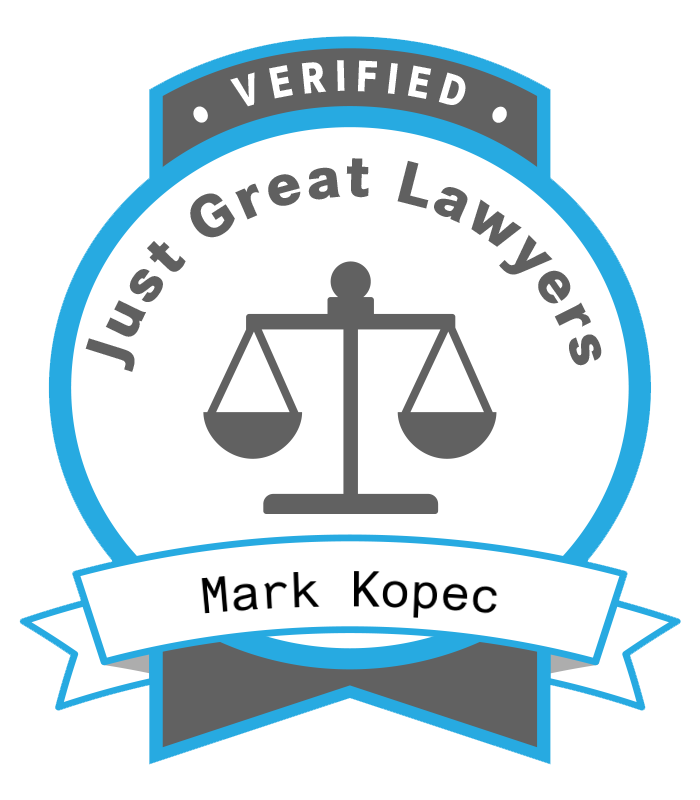Pitocin Misuse $951M
$951 Million Verdict: Family Wins Birth Injury Malpractice Case Over Pitocin Misuse and Delayed C-Section
A family has secured a $951 million judgment against a hospital. This birth injury case highlights the devastating consequences of alleged misuse of the labor-inducing drug Pitocin. It also involves a dangerous delay in performing a necessary Cesarean section, which resulted in a catastrophic birth injury.
The court found that newly oriented nurses administered dangerously high levels of Pitocin for hours despite clear signs that the baby was in fetal distress, and that the on-call physician was unresponsive. After more than 30 hours in labor without proper medical intervention, the baby was born with a severe hypoxic ischemic brain injury, a condition that requires round-the-clock care and extensive lifelong support.
The case concluded with a default judgment after the hospital’s legal team withdrew and failed to engage in the proceedings.
Understanding Pitocin: A Powerful Tool in Childbirth
What is Pitocin and When Do Medical Providers Give It?
Pitocin is the brand name for a synthetic version of oxytocin, a hormone naturally produced and stored in the brain. Often called the “love hormone,” natural oxytocin stimulates the uterus. It causes the uterus to contract during labor and helps the body expel the placenta and control bleeding after delivery.
Medical providers administer Pitocin intravenously (via an IV) and primarily use it to induce labor (start contractions) or augment labor (strengthen contractions that have slowed down or are ineffective). It may be used when it is medically riskier to wait for labor to start on its own, such as when a mother is past her due date or her water has broken without contractions starting.

How Does Pitocin Work?
When medical providers give Pitocin, it binds to oxytocin receptors in the uterus, triggering rhythmic muscle contractions. The dosage is carefully controlled and slowly increased until contractions occur a few minutes apart. Unlike natural oxytocin, which can ebb and flow based on the body’s needs, Pitocin is a continuous administration.
The Danger of Too Much and For Too Long: Pitocin Misuse & Birth Injury
While Pitocin is generally safe when used correctly and monitored closely, improper use—such as excessive dosage or prolonged administration—carries significant risks for both mother and baby.
The main danger is uterine hyperstimulation (or hypertonicity). That occurs when contractions become too strong, too frequent (more than five every ten minutes), or too long. Excessive contractions decrease the blood and oxygen flow to the fetus, which can result in:
- Fetal distress.
- Birth asphyxia (oxygen deprivation).
- Uterine rupture, a life-threatening emergency for both mother and baby, especially in mothers with a previous C-section.
- Infant brain damage, including HIE: Hypoxic Ischemic Encephalopathy.
The Warning Signs: Recognizing Fetal Distress – Pitocin Misuse & Birth Injury
Fetal distress is a historical term describing when a fetus is not receiving adequate amounts of oxygen during pregnancy or labor. Medical staff monitor for a non-reassuring fetal status, which may include:
- Abnormal Fetal Heart Rate: The most common sign, which includes a heart rate that is too slow (bradycardia) or has concerning patterns, such as late decelerations (the heart rate dropping after a contraction and taking too long to recover) or a lack of heart rate variability.
- Decreased Fetal Movement.
- Meconium in the Amniotic Fluid (the baby’s first stool passing before birth).
Treatment Response to Fetal Distress
When signs of fetal distress are detected, the immediate treatment is a series of steps known as intrauterine resuscitation to restore oxygen to the baby. These steps include:
- Stop Pitocin immediately to prevent further uterine overstimulation.
- Change the mother’s position (often turning her onto her side) to correct potential maternal hypotension (low blood pressure) and improve blood flow.
- Ensure the mother is well-hydrated and has adequate oxygen.
- If these measures do not resolve the distress and the abnormal fetal heart rate persists, the doctor must deliver the baby as soon as possible, which in most cases requires an emergency Caesarean section.
The Devastating Result from Pitocin Misuse: Hypoxic Ischemic Encephalopathy (HIE) Birth Injury
What is Hypoxic Ischemic Brain Injury?
Hypoxic Ischemic Encephalopathy (HIE) is a type of brain injury that occurs when the brain is deprived of adequate oxygen (hypoxia) or blood flow (ischemia). This injury can happen before, during, or shortly after birth, and is often a result of prolonged fetal distress. Because brain tissue has a very high need for oxygen, even a short period of deprivation can lead to permanent damage.
The severity of the resulting disabilities depends on the duration of oxygen deprivation and how much of the brain is affected.
What Kind of Care Does Someone With HIE Need?
Children with HIE often have long-term challenges, including:
- Cerebral palsy.
- Intellectual disabilities and developmental delays.
- Epilepsy (seizure disorders).
Immediate treatment for HIE in a newborn involves therapeutic hypothermia (or cooling therapy). This cools the infant’s body and brain for 72 hours to slow cell function and prevent further brain damage that occurs when blood flow restores (reperfusion injury). The medical providers must initiate this treatment within six hours of birth to be effective.
Long-term care for HIE is often extensive and tailored to the child’s specific symptoms and disabilities, including:
- Physical, occupational, and speech therapy.
- Medications to control seizures (anticonvulsants).
- Specialized feeding/swallowing therapy and vision or hearing supports.
The Legal Backdrop: Default Judgment and Bankruptcy – Pitocin Misuse & Birth Injury
What is a Default Judgment?
A default judgment is a final ruling issued by a court in favor of one party (the plaintiff). It is because the opposing party (the defendant) failed to answer a legal complaint, appear in court, or otherwise participate in the proceedings. In this case, the court entered judgment against the hospital after its legal team withdrew. The company then failed to engage.
What Happens to a Medical Malpractice Judgment When the Hospital Files for Bankruptcy?
When a hospital or corporate entity like the hospital files for bankruptcy (which it has since done), it creates significant hurdles for collecting on a judgment.
- The Automatic Stay: The bankruptcy filing immediately triggers an automatic stay. That is a “stop work” order that halts most civil actions. These include collection efforts on judgments, against the debtor.
- Dischargeable Debt: In general, if an individual (like a doctor) files for bankruptcy, a medical malpractice debt arising from negligence or recklessness is typically considered dischargeable (can be wiped clean) in a Chapter 7 liquidation bankruptcy. The exception to discharge is generally limited to debts arising from willful and malicious (intentional) injury.
- Corporate Reorganization: Since the hospital is a corporation, it likely filed for Chapter 11 reorganization. The court does not immediately erase the judgment itself. The $951 million claim becomes one of many claims against the company’s assets. The family must now pursue payment through the complex bankruptcy process. The ultimate recovery amount will depend on the value of the hospital’s assets and the priority of their claim compared to other creditors.
Despite the challenges posed by the bankruptcy, the lawyers for the family have stated they remain committed to pursuing recovery for the family.
You can read Blog posts about other issues involving Verdicts.
If your child has a birth injury, see below and call The Kopec Law Firm to discuss your options.
Mark Kopec is a top-rated Baltimore medical malpractice lawyer. Contact us at 800-604-0704 to speak directly with Attorney Kopec in a free consultation. The Kopec Law Firm is in Baltimore and helps clients throughout Maryland and Washington, D.C. Thank you for reading the Baltimore Medical Malpractice Lawyer Blog.





